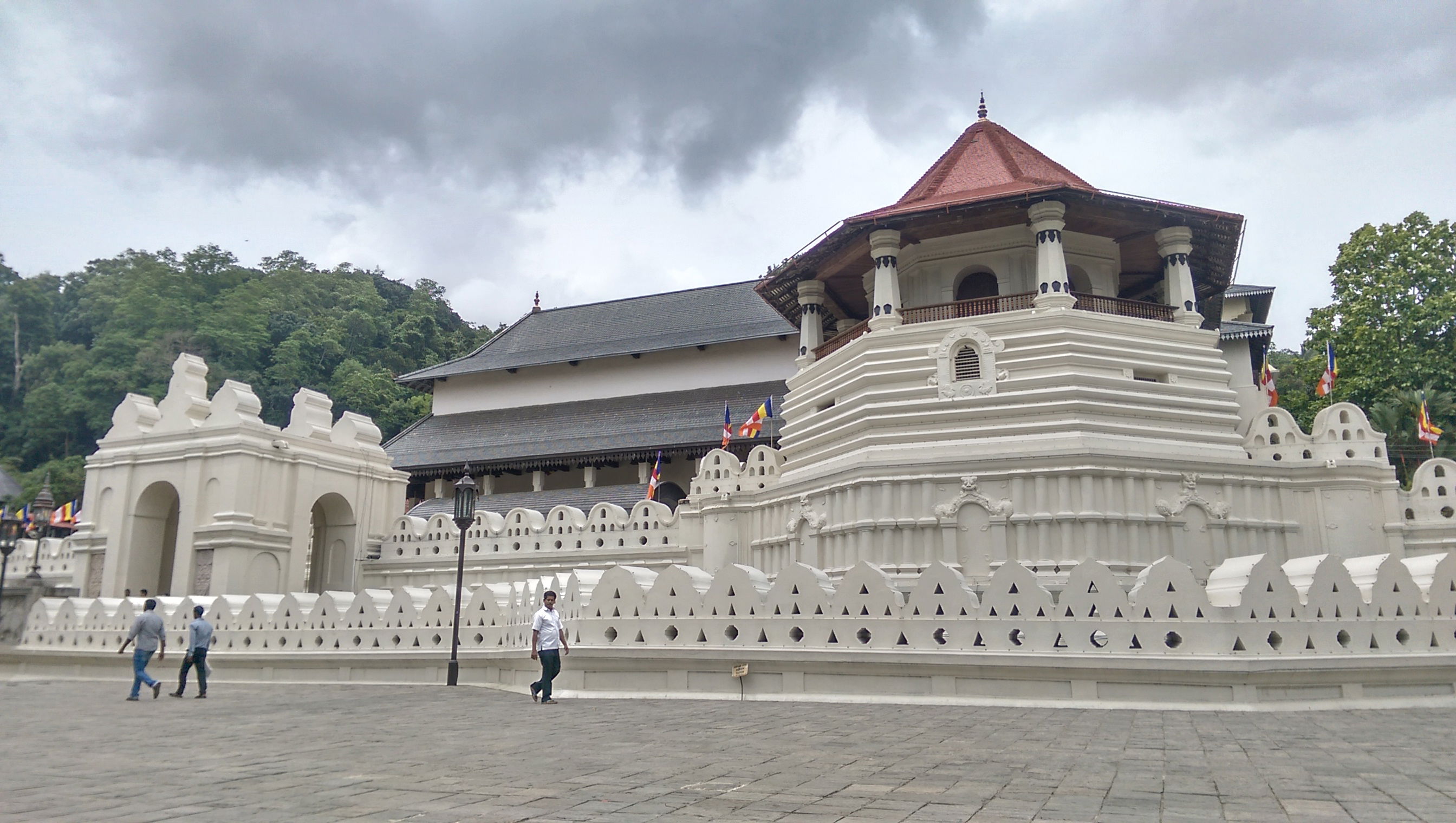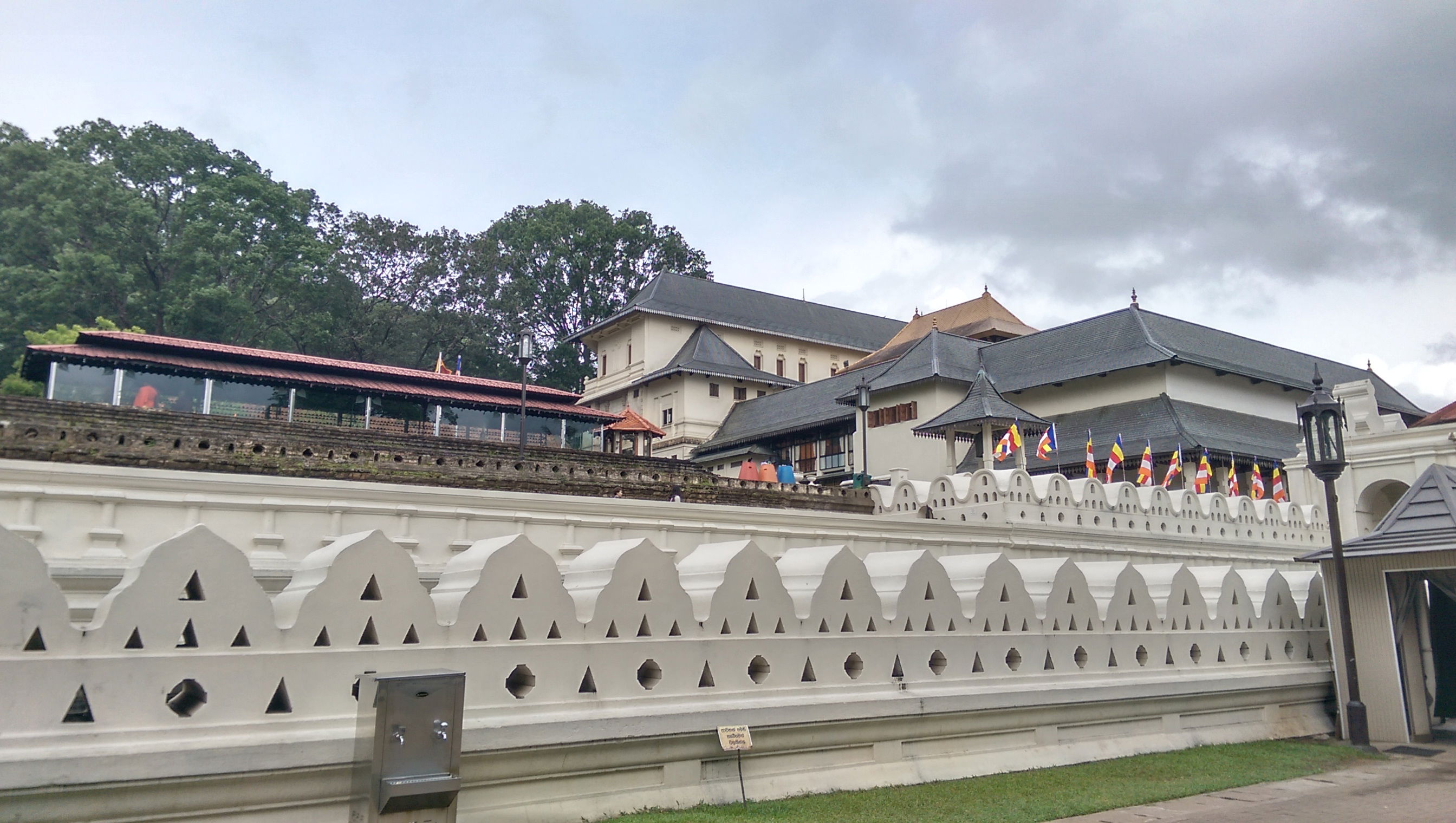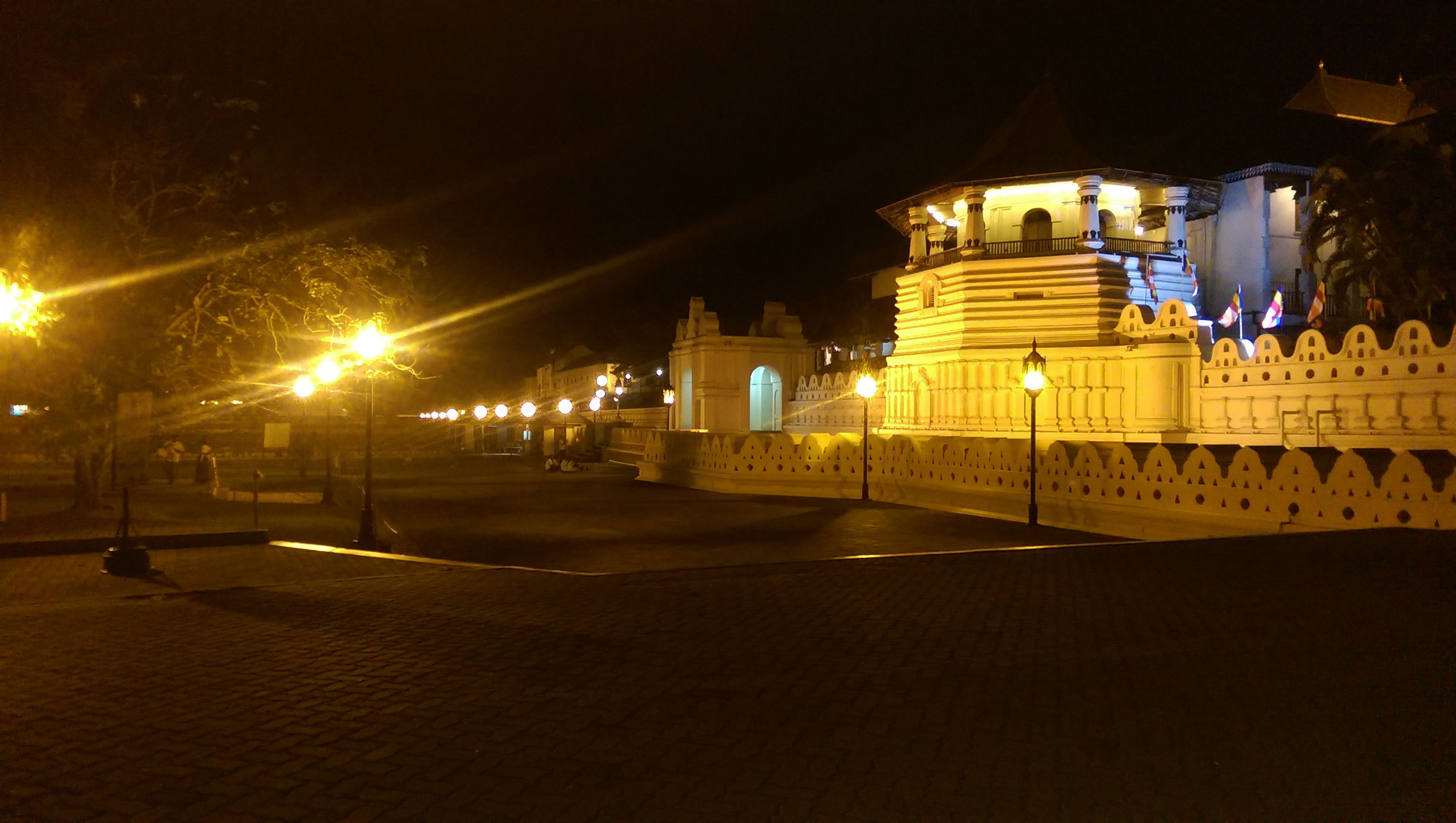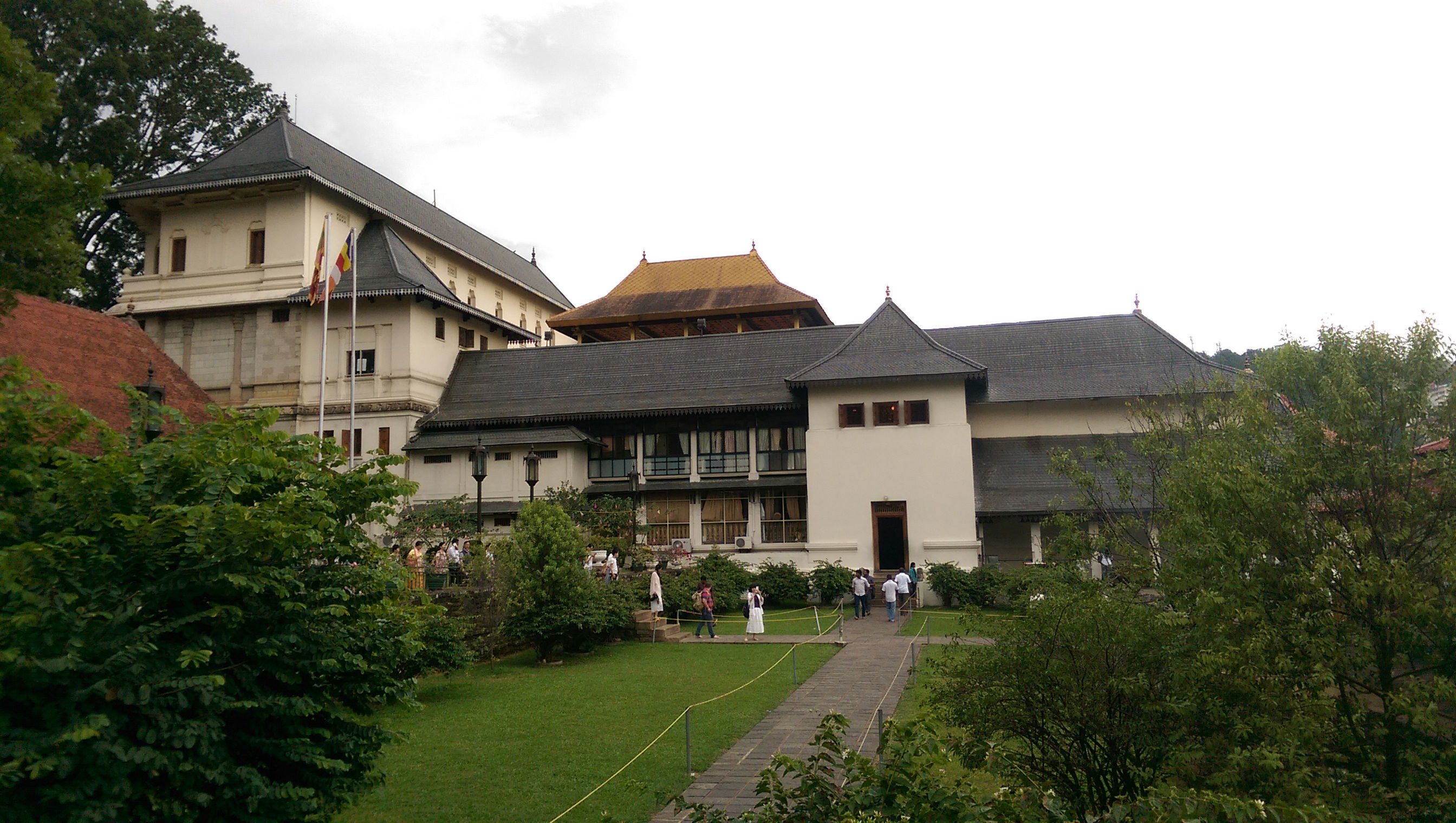Discovering Sri Dalada Maligawa: A Journey Through History, Culture and Spirituality in Kandy
The Sri Dalada Maligawa, also known as the Temple of the Sacred Tooth Relic, is an iconic and revered Buddhist temple located in Kandy, Sri Lanka. This temple is not only a significant religious site but also a symbol of Sri Lankan identity and heritage. Below is a comprehensive exploration of its history, importance, geographical location, and various features.

History of Sri Dalada Maligawa
The origins of the Sacred Tooth Relic trace back to ancient India, where it is believed that after the Buddha's cremation, his sacred left canine tooth was retrieved and eventually brought to Sri Lanka in 371 A.D. by Prince Danta and Princess Hemamali. The relic was initially housed in Anuradhapura before moving through various locations due to invasions and political changes, finally settling in Kandy during the late 16th century

One of the highlights of Kandy is the Sri Dalada Maligawa, also known as the Temple of the Tooth. This temple is a UNESCO World Heritage Site and is home to Sri Lanka's most sacred relic, the tooth of the Buddha. The temple's stunning architecture and intricate carvings are awe-inspiring, and the temple's peaceful atmosphere is a welcome respite from the hustle and bustle of the city.
The current structure of the temple was established in the 18th century under King Kirthi Sri Rajasinghe. It has undergone several restorations due to damage from conflicts, notably bombings in 1989 and 1998, but remains a vital part of Sri Lankan culture and Buddhism

Importance of Sri Dalada Maligawa
Sri Dalada Maligawa is considered one of the most sacred Buddhist sites globally, housing the relic that symbolizes the Buddha’s presence on Earth. The temple serves as a pilgrimage site for thousands of devotees who come to pay homage through rituals and offerings. The belief that whoever possesses the tooth relic has the divine right to govern has historically made it a focal point for political power in Sri Lanka
The temple is also known for its annual Esala Perahera festival, which features vibrant processions with traditional dancers, drummers, and elephants parading through Kandy. This ten-day celebration honours the Sacred Tooth Relic and attracts visitors from around the world

Geographical Location and Weather Conditions
Sri Dalada Maligawa is situated within the Royal Palace complex in Kandy, adjacent to Kandy Lake and surrounded by lush greenery from the Udawaththa Forest Reserve. The temple's strategic location enhances its serene environment, making it a peaceful retreat for worshippers.
Kandy experiences a tropical climate with distinct wet and dry seasons. The average temperature ranges from 20°C to 30°C (68°F to 86°F), with heavy rainfall occurring from May to July and during October and November. The best time to visit is during the dry season from December to April when conditions are more favourable for sightseeing
Entrance Charges
Visitors are required to pay an entrance fee to access Sri Dalada Maligawa. As of recent updates, the ticket prices are approximately:
- Foreigners: LKR 1,500 (around $8)
It's advisable to check for any updates on fees or special arrangements before planning your visit
Key Areas Within Sri Dalada Maligawa
Uda Maluwa
This upper terrace area offers stunning views of the temple complex and is often used for ceremonies and gatherings.
Patha Maluwa
The lower terrace features beautiful gardens and pathways leading to various shrines within the complex.
Paththirippuwa
An octagonal pavilion built in 1803 that houses ancient palm-leaf manuscripts. Originally used for royal leisure activities, it now serves as a library for Buddhist texts
Museum
The temple complex includes a museum that showcases artifices related to the history of the tooth relic, including documents and photographs from significant events such as past conflicts
Elephant Raja's Museum
This museum honors Raja, the elephant who carried the Sacred Tooth Relic during processions. It provides insights into the role elephants play in Sri Lankan culture and religious practices.
Traditions and Rituals
Daily rituals at Sri Dalada Maligawa are conducted by monks from two main chapters: Malwathu and Asgiriya. These rituals occur three times daily—at dawn, noon, and evening—and include offerings of flowers and incense. On Wednesdays, a special ceremony called Nanumura Mangallaya involves bathing the relic with herbal water believed to have healing properties
Conclusion
Sri Dalada Maligawa stands as a testament to Sri Lanka's rich cultural heritage and Buddhist traditions. Its historical significance, architectural beauty, and vibrant rituals make it an essential destination for anyone visiting Kandy. The temple not only serves as a place of worship but also as a symbol of unity among Buddhists worldwide.


